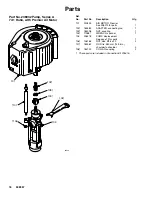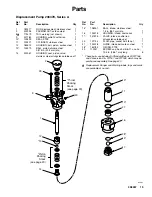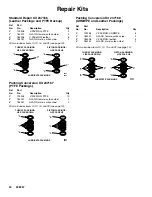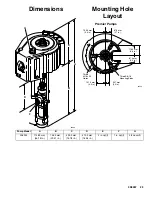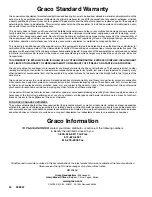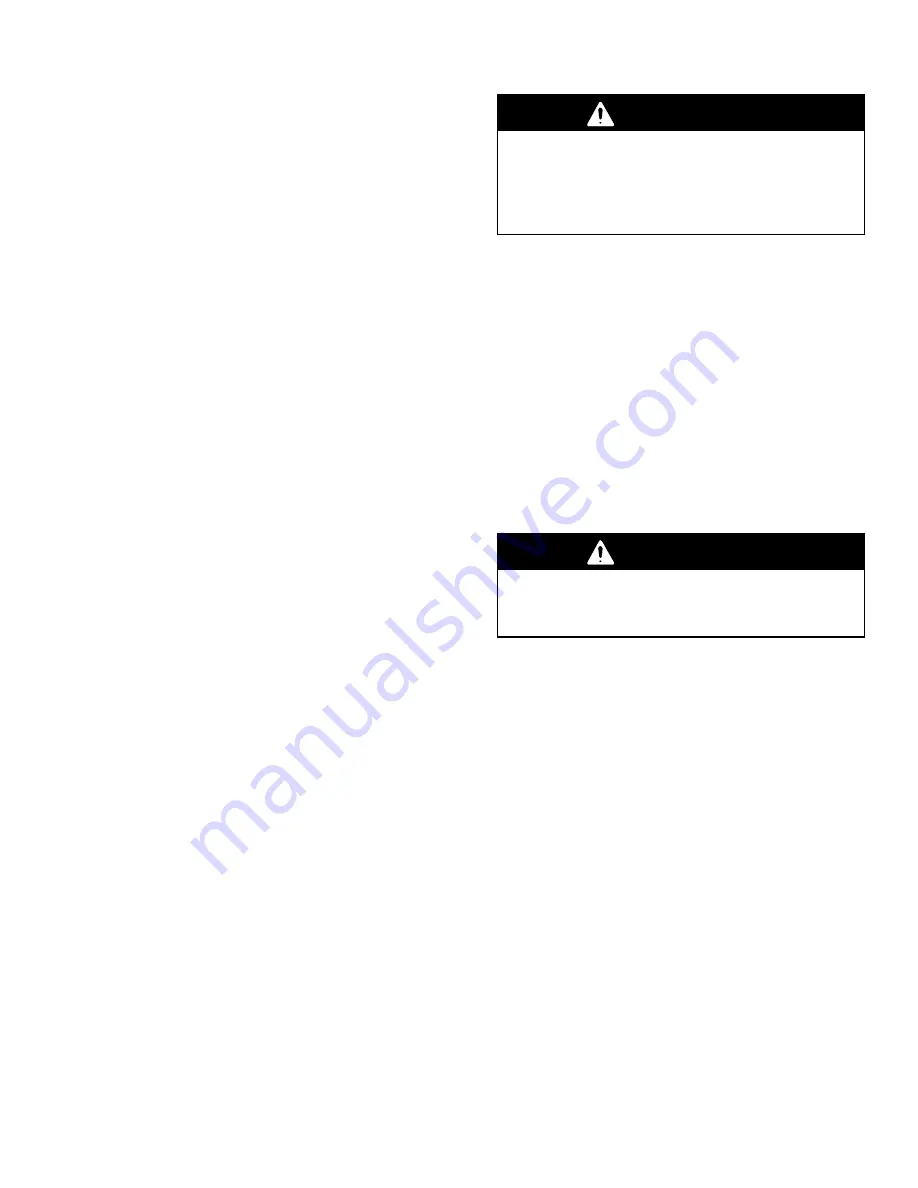
308357
9
Operation/Maintenance
Starting and Adjusting the Pump
1.
Refer to Fig. 2 on page 6. Connect the suction kit
(T) to the pump’s fluid inlet, and place the tube into
the fluid supply.
2.
Be sure the air regulator (F) is closed. Then open
the pump’s bleed-type master air valve (E). Hold a
metal part of the spray gun (S) firmly to the side of
a grounded metal pail and hold the trigger open.
Now slowly open the air regulator until the pump
starts.
3.
Cycle the pump slowly until all air is pushed out
and the pump and hoses are fully primed. Release
the gun trigger and engage the safety latch. The
pump should stall against pressure when the
trigger is released.
4.
If the pump fails to prime properly, open the drain
valve (M). Use the drain valve as a priming valve
until the fluid flows from the valve. See Fig. 2.
Close the drain valve.
NOTE:
When changing fluid containers with the hose
and gun already primed, open the drain valve (M), to
assist in priming the pump and venting air before it
enters the hose. Close the drain valve when all air has
been eliminated.
5.
With the pump and lines primed, and with ade-
quate air pressure and volume supplied, the pump
will start and stop as the gun is opened and
closed. In a circulating system, the pump will
speed up or slow down on demand, until the air
supply is shut off.
6.
Use the air regulator to control the pump speed
and the fluid pressure. Always use the lowest air
pressure necessary to get the desired results.
Higher pressures cause premature tip and pump
wear.
WARNING
To reduce the risk of overpressurizing your system,
which could result in component rupture and cause
serious injury, never exceed the specified Maxi-
mum Incoming Air Pressure to the pump (see the
Technical Data
on page 21).
7.
Never allow the pump to run dry of the fluid being
pumped. A dry pump will quickly accelerate to a
high speed, possibly damaging itself. A pump
runaway valve (C), which shuts off the air supply to
the pump if the pump accelerates beyond the
pre-set speed, is available. See Fig. 2 on page 6.
If your pump accelerates quickly, or is running too
fast, stop it immediately and check the fluid supply.
If the supply container is empty and air has been
pumped into the lines, refill the container and
prime the pump and the lines with fluid, or flush
and leave it filled with a compatible solvent. Be
sure to eliminate all air from the fluid system.
Shutdown and Care of the Pump
WARNING
To reduce the risk of serious injury whenever you
are instructed to relieve pressure, always follow the
Pressure Relief Procedure
on page 8.
For overnight shutdown,
relieve the pressure.
Stop
the pump at the bottom of its stroke to prevent fluid
from drying on the exposed displacement rod and
damaging the throat packings.
Always flush the pump before the fluid dries on the
displacement rod. Never leave water or water-based
fluid in the pump overnight. First, flush with water or a
compatible solvent, then with mineral spirits. Relieve
the pressure, but leave the mineral spirits in the pump
to protect the parts from corrosion.
Summary of Contents for Dura-Flo 1100
Page 10: ...10 308357 Notes ...


















